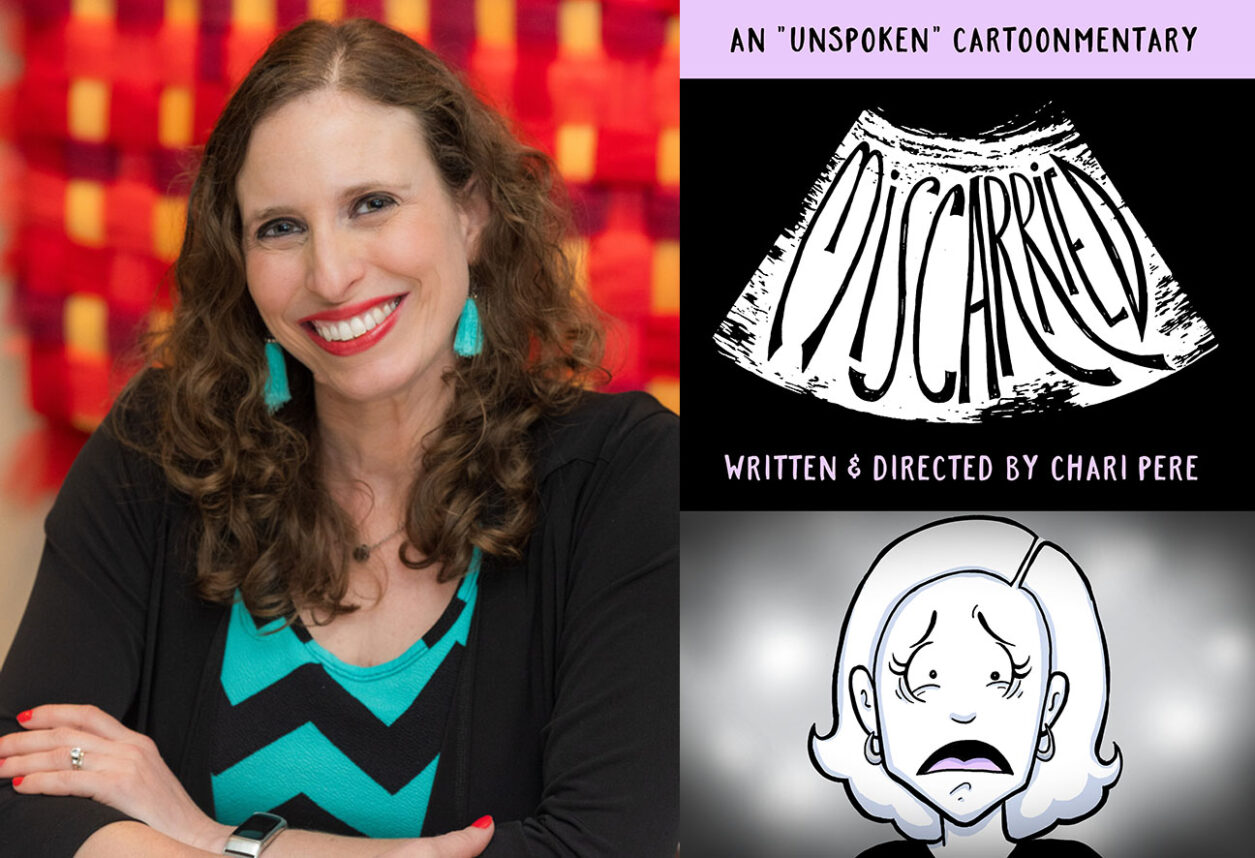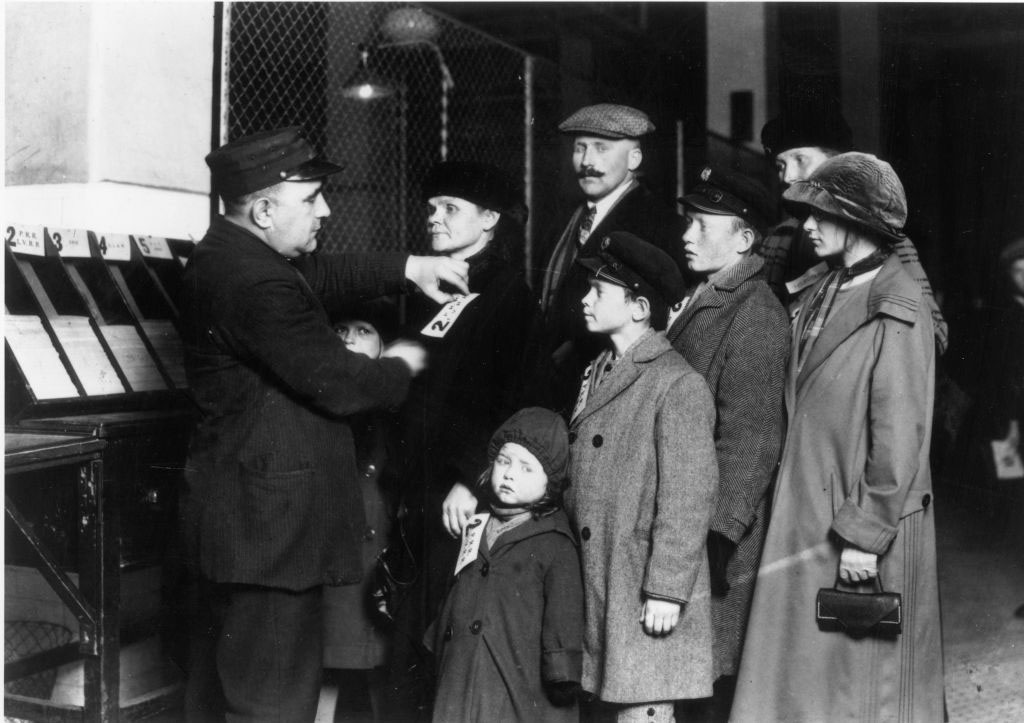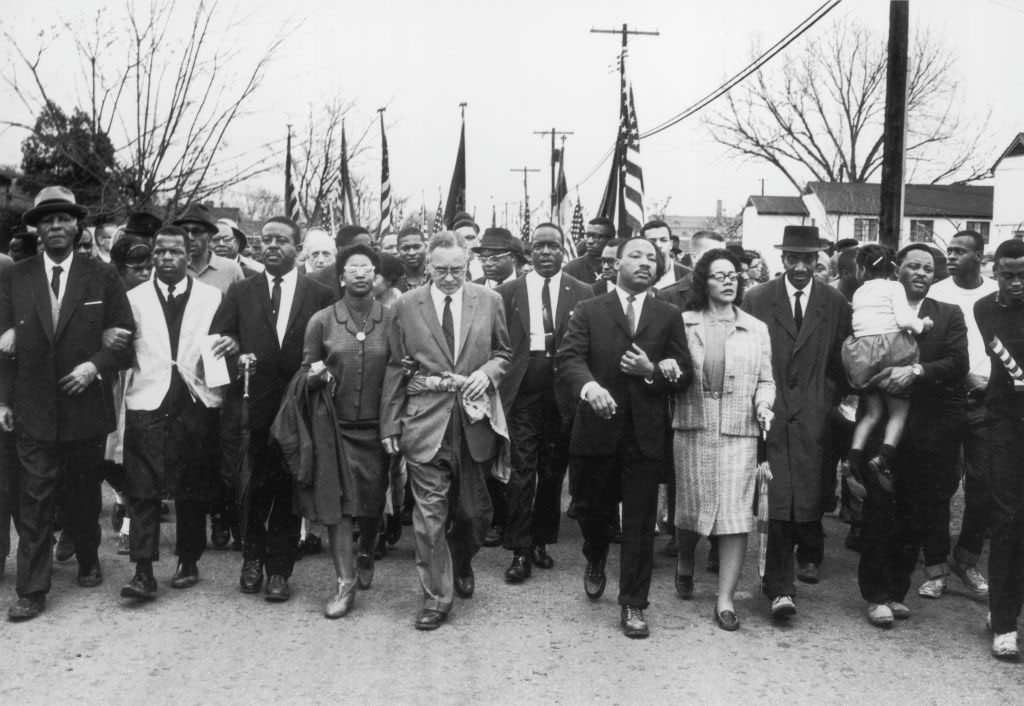In the middle of 1944, nearly 1,000 Jewish refugees were plucked from war-torn Europe and transported to the United States, where they spent the next 18 months interned at a former Army post in Oswego, N.Y.
Not the most likely plotline for a contemporary American musical, but “Haven,” now in its world premiere run at the University of Judaism, works surprisingly well most of the time.
The central character of “Haven” is journalist and author Ruth Gruber, who was picked by the Roosevelt administration to escort the refugees on the voyage from Naples to New York and then fought a prolonged bureaucratic battle to have them stay in the United States as legal residents.
Gruber wrote a book about her experiences in 1983 and, as a lively and witty nonagenarian, lived to see “Haven” transformed first into a four-hour television miniseries, and now into a full-fledged musical.
The musical opens explosively with the background roar of the attack on Pearl Harbor, but quickly switches to a European setting, where the refugees await their fate behind a wire fence.
We first meet Gruber as she persuades her boss, Secretary of the Interior Harold Ickes, to assign her to the wartime transport as all-around housemother for the refugees, and to prepare them for life in America.
Once on board, Gruber quickly learns that she has to defuse tensions — not only between her charges and the U.S. Navy crew and wounded soldiers on the ship, but also among the disparate refugees from 18 countries.
She also encounters and falls in love with Sasha, a handsome refugee who has lost his wife and son to the Nazis.
As the ship passes the Statue of Liberty, the refugees’ initial elation changes into fear and horror as they board railroad cars and are taken to the barracks in Oswego, again fenced off from the outside world and guarded by American soldiers.
In the second act, the refugees despair as they learn that they are to be returned to their native countries after the war, while Gruber battles doggedly to change the edict.
The townspeople of Oswego inspect the refugees from the other side of the fence, some openly hostile (“Go back where you came from!” one burgher screams), while others bring toys for the interned children.
To convince visiting congressmen of their desire to stay in America, the refugees put on a wonderfully hokey patriotic pageant, costumed as Abraham Lincoln, Uncle Sam and Indian maidens.
Meanwhile, Gruber is pulling every available string and battling anti-Semitic bureaucrats in the State and Justice departments to assure that her charges, who call her “Mother Ruth,” will not be sent back. Her efforts are rewarded when President Harry S. Truman issues an executive order granting permanent residence to the survivors.
With themes of war, death, rescue, survival, fear, suicide and romance, “Haven’s” 22 songs touch on a whole spectrum of human emotions.
In the elegiac “A Number on My Arm,” a survivor recalls the horrors of the concentration camp. The foreboding “It Will Happen Again” conjures up a nightmarish vision of a Nazi triumph, even in America. In “Ruthie, Ruthie,” Gruber faces the crushing responsibility of her assignment.
The cleverest number is the sardonic “A Wink, a Whisper and a Nod,” which might be dubbed “The Anti-Semite’s Song,” in which Sasha runs down a list of unpleasant Jewish traits, as beheld through gentile eyes.
A musical is not a documentary, and “Haven” takes generous liberties with the facts. The most obvious one is an apparently inevitable, if entirely fictitious, romance between Gruber and Sasha, which is still more palatable than the torrid love affair between our heroine and a German with a swastika pin in the TV miniseries.
Actually, the musical remains truer to the spirit of the book than the CBS-TV four-hour version, which aired last February. In particular, the miniseries’ blanket indictment of Americans as fervent anti-Semites is largely eliminated in the musical.
We can also be grateful for the omission of Gruber’s parents, which in the TV version featured Anne Bancroft as a stereotypical Jewish mother.
A notable weakness in the present production is the depiction of Harold Ickes, a famously independent and cantankerous member of F.D.R.’s Cabinet, who here comes across as a well-meaning but rather bland and ineffective bureaucrat.
The creative credits for the musical go to three veteran artists. Librettist Jerome Coopersmith (Broadway’s “Baker Street” and “The Apple Tree”) wrote the book for the play; composer William Goldstein (“Fame,” “The Miracle Worker”) created the music, and the late Joe Darion (“Man of La Mancha”), the lyrics.
Michael Unger, who has guided numerous off-Broadway and regional theater productions, is the director.
In the cast of 25, most notable for their sturdy performances and pleasant voices are Stephanie J. Block as Ruth Gruber and Mark Edgar Stephens as Sasha, her love interest.
Nathan Holland, as the refugee Ziggy, adds some welcome comedic touches, while Sandra Purpuro, a lithe dancer, is saddled with the difficult task of morphing instantly from a traumatized partisan fighter into a jitterbugging flirt.
“Haven,” the musical, has been nine years in the making and was initiated by Coopersmith, who read Gruber’s book when she enrolled in his writing class at Hunter College.
The most dogged advocate of the project has been composer and co-producer Goldstein. He put the cost of the musical at $400,000, although he gave potential investors a figure of $250,000, “so as not to frighten them off,” he said during a phone interview.
Goldstein bridled at the suggestion that “Haven” is a “Holocaust” or “Jewish” musical.
“This is about the American dream,” he insisted. “It is just right for our present time. It is for all people and will make their spirits soar.”
The production is the right fit, artistically and financially, for a medium-sized theater, such as the 475-seat Gindi Auditorium at the University of Judaism, he said.
Goldstein and his co-producers have initiated talks to take the show to Baltimore, Chicago and Philadelphia, as well as Israel and Britain.
The real Ruth Gruber also declared herself highly pleased with the musical version of her book. “I didn’t know what to expect, but I think they did an incredible job,” she said in a phone interview.
She is unfazed by certain liberties with the facts, such as her romance with Sasha, or Coopersmith’s concept that the musical is about two walls –a physical one fencing in the refugees, and a personal, emotional one that Gruber has built around herself.
After the opening night’s performance, the diminutive Gruber put on a pretty good show of her own as officials of the Israel Cancer Research Fund presented her with a huge birthday cake, topped by the Statue of Liberty, to mark her 90th birthday.
Gruber, diplomatically, did not let on that her actual birthday had been a month earlier and exhorted the audience to “fight for justice and become warriors for peace.”
At the post-show reception, The Journal met up with two of “Mother Ruth’s” wartime charges. Irene Danon, now a Los Angeles realtor, was a 14-year-old girl from Yugoslavia when she sailed across the ocean to Oswego.
“The musical was very good,” she said. “It caught the real spirit of our experience.”
Manya Breuer, who was married in Oswego during the internment, said she enjoyed the show “as good theater.” She added, “It is inevitable that every medium will make its own changes.”
A bonus feature for theater patrons is an exhibit titled “Photographs [by Ruth Gruber] as Witness: 1944-1950 from Liberation to Palestine.”
Included in the exhibit, which faces the Gindi auditorium and is sponsored by The Jewish Federation of Greater Los Angeles’ L.A. Museum of the Holocaust, is the famous LIFE magazine cover shot, taken by Gruber, of Jewish refugees intercepted by the British navy while trying to reach Palestine. It shows the defiant passengers hoisting the Union Jack on which a swastika has been superimposed.
“Haven” will be performed nightly through Nov. 18, except Mondays and Fridays, with an added afternoon matinee on Sundays. The University of Judaism, 15600 Mulholland Drive (just off the 405 Freeway) in Bel Air. For ticket information, call (310) 476-9777 ext. 201.






















 More news and opinions than at a Shabbat dinner, right in your inbox.
More news and opinions than at a Shabbat dinner, right in your inbox.